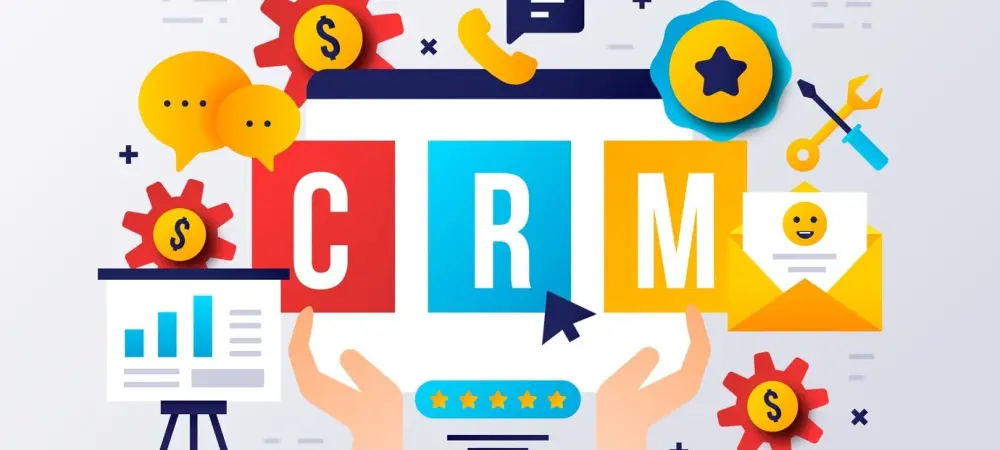In the rapidly evolving landscape of digital tools, small businesses face the compelling challenge of optimizing customer relationship management without excessive costs. With free CRM software solutions becoming increasingly sophisticated, entrepreneurs must decide whether to invest in paid upgrades. This comparative analysis explores free CRM features versus paid CRM upgrades by highlighting essential facets, allowing businesses to make informed choices.
Understanding Free CRM Features and Paid CRM Upgrades
Customer Relationship Management (CRM) systems serve as pivotal tools in modern business operations, originating decades ago as rudimentary databases and evolving into comprehensive management systems. Today, CRMs facilitate the acquisition, retention, and satisfaction of customers through intuitive platforms. Free CRM offerings typically include vital functions like contact management, basic automation, and reporting—the essentials for any budding startup eager to streamline operations without financial strain. On the contrary, paid CRM upgrades extend these capabilities, promising enhanced functionalities such as detailed analytics, sophisticated automation, and extensive customizations, aiming for higher business efficiency. Businesses often face the critical decision of balancing cost with functionality. While free CRMs offer accessible entry points for market introduction, paid CRMs promise measurable ROI through advanced features, benefiting companies seeking scalability and robust growth. This context showcases the contrasting needs across different business sizes and objectives, from budget-conscious small enterprises to established firms seeking expansive capabilities.
Comparative Analysis of Key Features
Cost and Affordability
For startups and small businesses, free CRM solutions provide budget-friendly options. These platforms eliminate initial costs, proving ideal for ventures in need of basic functionalities without financial burden. Free CRMs cater to organizations aiming to test the waters of CRM usage without a substantial monetary commitment. In contrast, paid CRM upgrades require long-term financial investments, challenging firms to justify expenditure against achievable benefits. Understanding ROI is crucial for businesses opting for paid systems, as they weigh cost implications against potential growth through advanced features.
Functionality and Features
Free CRMs typically offer essential functionalities, focusing on fundamental aspects like contact management, task tracking, and email communication. These basic tools lay the groundwork for small businesses to organize operations and maintain customer relationships effectively. Conversely, paid CRM solutions introduce advanced features such as detailed analytics, enhanced automation, and customizable workflows. Businesses seeking to integrate comprehensive marketing strategies and sales tracking often find these upgrades indispensable, facilitating a higher level of operational control and strategic planning.
Scalability and Integration
Small businesses prioritizing immediate requirements often choose free CRMs, acknowledging their scalability and integration limitations. These systems might suffice initially but are generally restricted when expansion is needed. Conversely, paid CRMs provide scalable solutions, accommodating growth and seamless integrations with various platforms. They support businesses undergoing expansion and resource diversification, ensuring that CRM capabilities evolve alongside organizational needs. By integrating smoothly with other business systems, paid CRMs enhance efficiency, proving essential for businesses planning long-term growth.
Challenges and Considerations
Free CRMs pose limitations such as storage caps, user restrictions, and narrower feature offerings, potentially constraining growing businesses. Startups must consider these limitations, balancing needs with free availability. On the flip side, paid CRMs present challenges including cost barriers, complex features, and possible overqualification for smaller businesses. These issues require careful consideration by firms assessing their CRM needs against long-term objectives.
Technical aspects like implementation, learning curves, and support services also influence CRM decisions. While free options might lack extensive support and require self-navigation, paid CRMs usually offer guided assistance, justifying the cost through valuable vendor support. Ethical concerns such as data security, vendor lock-in, and the potential of open-source alternatives also play a significant role in choosing between free and paid CRM systems.
Conclusion and Recommendations
Overall, both free and paid CRM options offer unique advantages tailored to varied business needs. Free CRMs are suitable for those prioritizing cost-efficiency, entry-level features, and immediate operations. Paid upgrades benefit businesses focusing on scalability, advanced functionality, and integration needs. As technology evolves, businesses should plan strategically, considering whether initial usage or long-term advancements align with organizational goals. The landscape of CRM tools fuels thoughtful decision-making, urging enterprises to evaluate both current capabilities and future opportunities.

